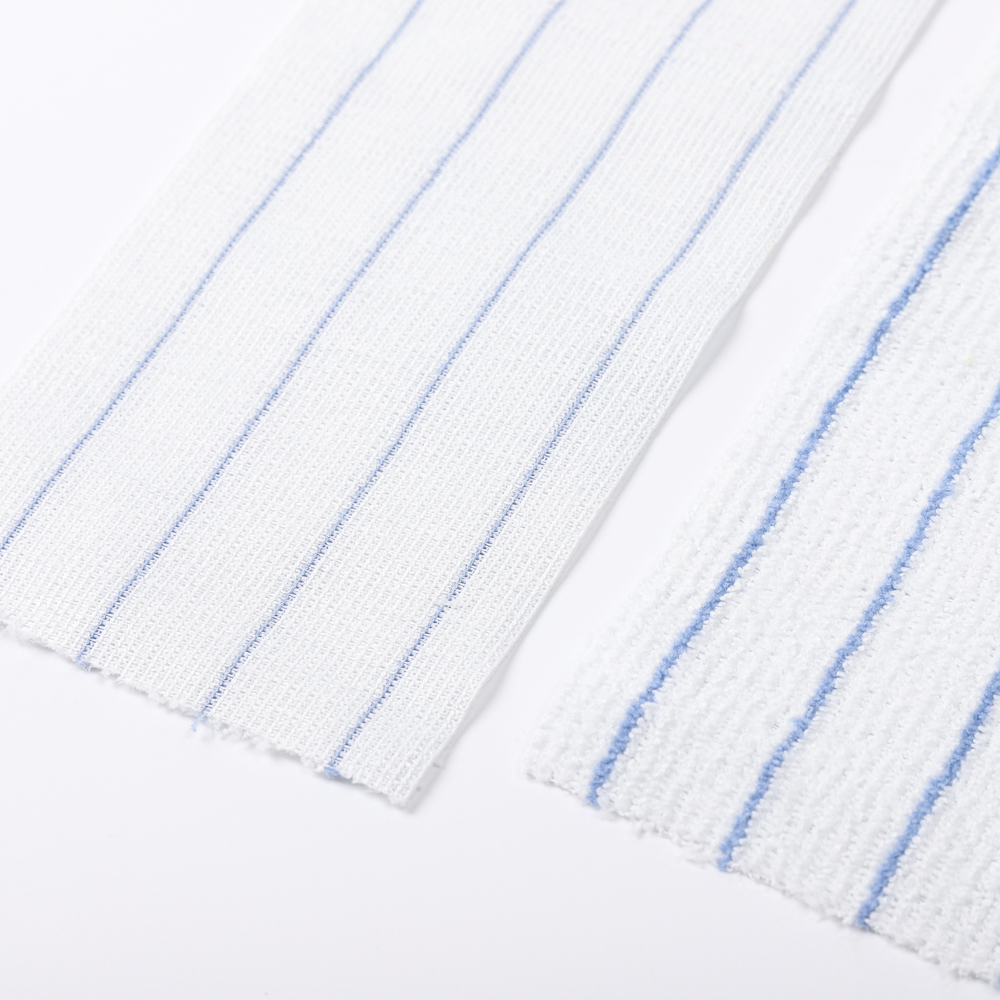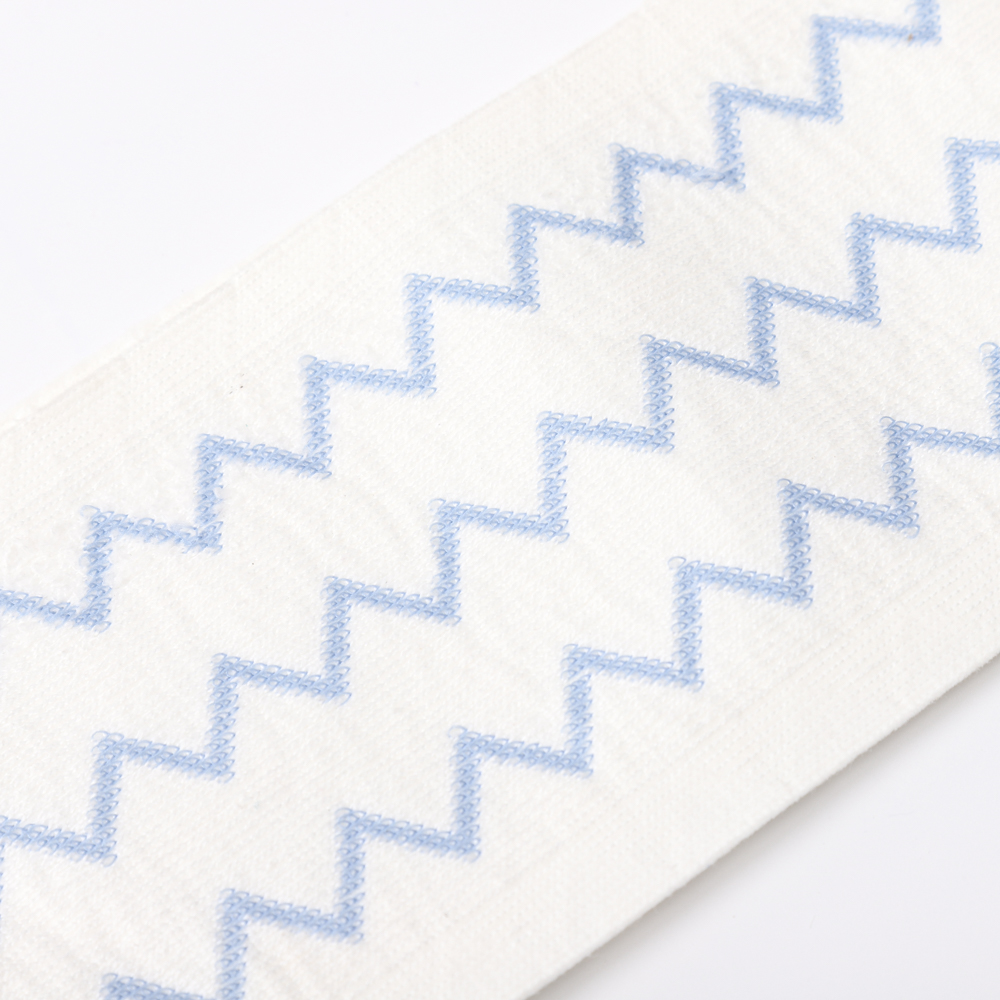Gas Chromatograph Various Detector Instructions
1. Thermal Conductivity Detector The Thermal Conductivity Detector (TCD) is a concentration detector, ie the response of the detector is proportional to the concentration of the component in the carrier gas. Its basic principle is based on the fact that different substances have different thermal conductivity coefficients and respond to almost all substances. It is the most widely used general-purpose detector. Since the sample is not destroyed during the test, it can be used in preparation and other combined identification techniques. 2. Hydrogen Flame Ionization Detector The hydrogen flame ionization detector (FID) uses an organic substance to chemically ionize under the action of a hydrogen flame to form an ion current, which is detected by measuring the intensity of the ion current. The detector has high sensitivity, wide linear range, unsmooth operating conditions, low noise and small dead volume, and is a commonly used detector for organic compound detection. However, when the sample is destroyed during the test, it is generally only possible to detect organic compounds which are burned in a hydrogen flame to generate a large amount of carbon cations. 3. Electron Capture Detector The electron capture detector (ECD) is the ability to capture electrons using electronegative substances and detect them by measuring the flow of electrons. ECD has the characteristics of high sensitivity and good selectivity. It is a proprietary detector and is the most effective detector for the analysis of trace electron-negative organic compounds. The stronger the electronegativity of the element, the higher the sensitivity of the detector, the halogen, sulfur, oxygen, carbonyl, amino Compounds such as those have a high response. Electron capture detectors have been widely used for the determination of organochlorine and organophosphorus pesticide residues, metal complexes, organometallic polyhalides or polysulfide compounds. It can be used as a carrier gas with nitrogen or argon, the most common being high purity nitrogen. 4. Flame Photometric Detector Flame Photometric Detector (FPD) has high sensitivity and selectivity for sulfur- and phosphorus-containing compounds. The detection principle is that when the phosphorus-containing and sulfur-containing substances are burned in a hydrogen-rich flame, respectively, a characteristic spectrum is emitted, and the intensity of the characteristic light is measured by a photomultiplier tube through an interference filter. 5. Nitrogen and Phosphorus Detector The Nitrogen Phosphorus Detector (NPD) is a mass detector for the analysis of highly sensitive and highly selective detectors for nitrogen and phosphorus compounds. It has a structure similar to FID except that a ceramic bead coated with an alkali metal salt such as Na2SiO3, Rb2SiO3 is placed between the burning hydrogen flame and the collector, and the sample vapor and hydrogen flow through the alkali metal salt. On the surface, the nitrogen- and phosphorus-containing compound obtains electrons from the reduced alkali metal vapor, and the alkali-depleted metal-forming salt is redeposited onto the surface of the ceramic beads. Nitrogen and phosphorus detectors have long service life and high sensitivity, and have high response to nitrogen and phosphorus compounds. Nitrogen and phosphorus detectors are widely used in pesticides, petroleum, food, medicine, spices and clinical medicine. 6. Mass Spectrometry The Mass Spectrometry Detector (MSD) is a mass-type, general-purpose detector with the same principle as the mass spectrometer. It not only gives the chromatogram (total ion chromatogram or reconstructed ion chromatogram) that a typical GC detector can obtain, but also gives the corresponding mass spectrum for each chromatographic peak. The automatic retrieval of the standard library by computer provides information on the structure of the compound analysis, so it is an effective tool for GC qualitative analysis. Often referred to as chromatographic-mass spectrometry (GC-MS) analysis, it combines the high separation capabilities of chromatography with the structural identification capabilities of MS.
Disposable mops are a one time use products,They are the products made by 100% non-woven cloth or very cheap cleaning fabrics that just can use a short time.
Disposable mops will cost you less on initial purchase but are also a one-time use product.with low costs and after used will damage.use a disposable mop will not have any soil build-up or chemical residue from previous cleaning procedures. Disposable Microfiber Mops can increase your worker`s productivity and reduce labor costs. While you use reusable Microfiber Dust Mop or Microfiber Tube Mop,we need wash after each time.
Disposable Mop,Disposable Mop Heads,Disposable Mop Pads,Disposable Floor Mop jiangsu qiyun cleaning knitting product co.,ltd , https://www.maleclean.com



